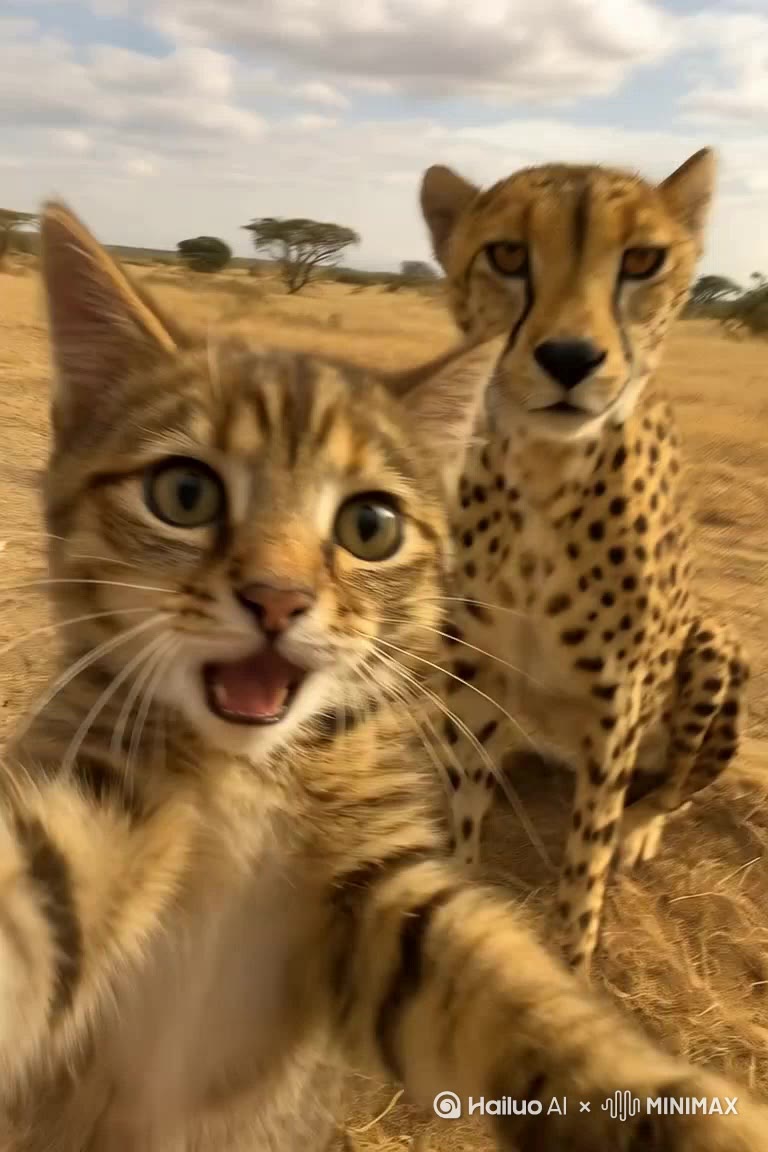Transform Your Images into Stunning Videos with the Magic of AI!
In the digital age, multimedia content has become a cornerstone of communication, storytelling, and marketing. As creators strive to engage audiences with visually appealing content, the relevance of artificial intelligence (AI) in multimedia creation has surged. One of the most fascinating applications of AI is the ability to transform static images into dynamic videos, breathing life into still visuals. This technology is revolutionizing how we perceive and interact with images, allowing for a seamless transition from a single frame to an immersive visual narrative. Whether you’re a marketer looking to enhance your campaigns, an educator aiming to create engaging lessons, or simply a creative individual seeking to share your memories in a new light, image to video AI can open doors to innovative possibilities. In this article, we’ll explore the mechanics behind this technology, its benefits, practical applications, and how to choose the right AI software or service for your needs.

Understanding Image to Video AI Technology
At the core of image to video AI technology lies sophisticated algorithms that analyze static images and synthesize motion. These algorithms utilize deep learning techniques, particularly convolutional neural networks (CNNs), to recognize patterns, colors, and textures within images. Once the system understands these elements, it can generate a sequence of frames that simulate movement, offering a lifelike representation of the original image. For instance, an AI might detect a bird in a still image and create the illusion of the bird taking flight or flapping its wings. The process often involves layering effects, applying transitions, and even incorporating background music or sound effects, which contribute to the overall experience. Additionally, some advanced systems can utilize two-dimensional images to create three-dimensional renderings, adding depth and realism to the video output. This technology not only enhances the visual appeal but also allows for storytelling through motion, making it a powerful tool for content creators.
Benefits of Using AI for Image to Video Conversion
The advantages of using AI for converting images to videos are substantial. One of the most significant benefits is time efficiency; traditional video creation can be time-consuming, requiring extensive editing and animation skills. With AI software, users can produce high-quality video content in a fraction of the time. This is particularly beneficial for businesses that need to generate promotional material quickly or individuals who want to share their experiences without the steep learning curve of video editing software. Moreover, the ease of use that AI provides is remarkable. Many tools are designed with user-friendly interfaces, enabling even those with minimal technical expertise to create stunning videos. Additionally, the quality of the outputs is impressive, often rivaling that of professionally produced videos. The algorithms used in these programs are trained on vast datasets, allowing them to produce videos that are visually appealing and engaging. Thus, the combination of speed, accessibility, and quality makes AI an invaluable asset in the realm of multimedia content creation.
Applications of Image to Video AI
Image to video AI technology has a wide range of applications across various industries. In marketing, businesses can leverage this technology to create eye-catching advertisements that capture consumer attention. For instance, a clothing brand might transform images of their latest collection into a dynamic video showcasing different outfits, effectively engaging potential buyers. In education, teachers can utilize this tool to create interactive lessons that incorporate visual storytelling, enhancing student understanding and retention. Social media influencers and content creators are also finding immense value in this technology, using it to produce shareable video content that stands out in crowded feeds. Personal projects, such as creating family albums or travel montages, can benefit from AI as well, allowing users to effortlessly compile cherished memories into captivating videos. With its versatility, image to video AI is suited for a multitude of scenarios, proving beneficial for both professional and personal use.
How to Choose the Right AI Software or Service
When selecting an AI tool for image to video conversion, there are several key factors to consider. First, evaluate the features offered by the software; look for options that allow for customization, such as adding text overlays, music, and transitions. Usability is another critical aspect; choose a platform that boasts a user-friendly interface so you can navigate it comfortably, even if you are a beginner. Additionally, consider the level of support provided by the service. Access to tutorials, customer service, and a community forum can make a significant difference in your experience. Lastly, it’s essential to look for software that continuously updates its algorithms and features to stay current with trends and technologies in multimedia content creation. Taking the time to assess these factors will help you select the right AI software that aligns with your needs and enhances your creative projects.
Unlocking the Potential of AI in Visual Storytelling
As we have explored, the transformative potential of AI in converting images to videos is both remarkable and accessible. This technology not only streamlines the video creation process but also empowers users to produce high-quality content with ease. From enhancing marketing efforts to enriching educational experiences and even personal storytelling, the applications for image to video AI are vast and varied. As more creators and businesses recognize the value of this innovation, the demand for such tools is likely to grow. Therefore, it is essential to explore the available options and find the right software or service that meets your specific needs. Embrace the magic of AI, and unlock new dimensions in your visual storytelling journey!








Comments